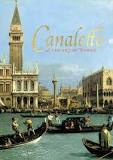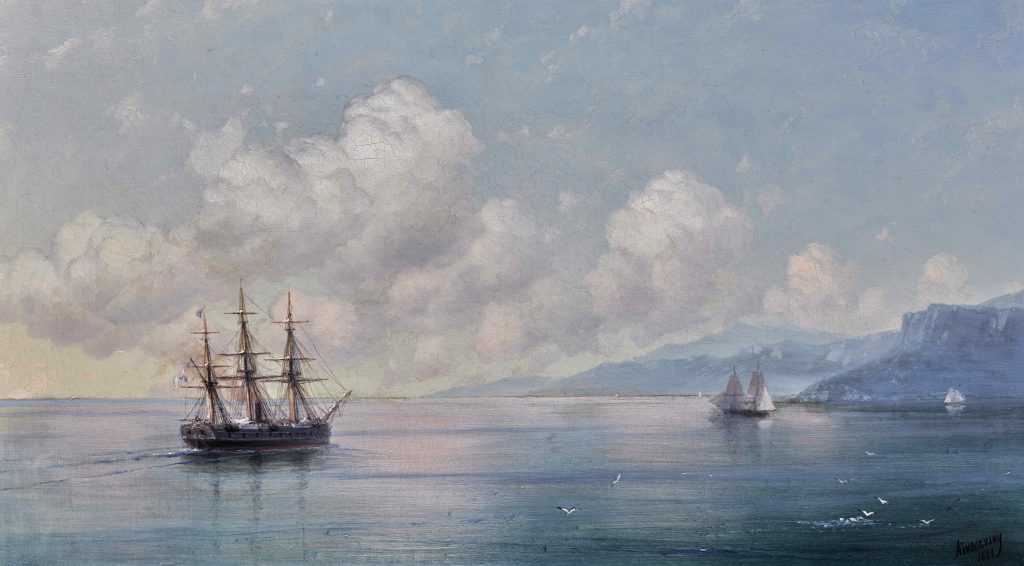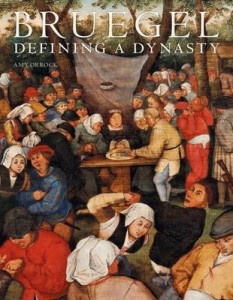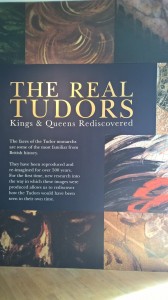TSR were very pleased to have one of their reflectograms included in the current Royal Collection exhibition, which offers new insight into the ‘world’s finest group of paintings, drawings and prints by Venice’s most famous view-painter, Canaletto’. The exhibition runs from the 19th May to the 12th November 2017 and is accompanied by an excellent scholarly catalogue by Lucy Whitaker and Rosie Razall. The catalogue also includes infrared reflectograms taken by TSR that help shed light on the artist’s working methods and reveal the otherwise hidden techniques of his drawings.
Category Archives: Uncategorized
TSR’s Infrared Reflectography Contributes to Sotheby’s Cataloguing of Russian Paintings
TSR were excited to undertake infrared reflectography on a group of Russian paintings for the 6th June 2017 sale of Russian Pictures at Sotheby’s.

TSR Infrared Reflectogram of Ivan Aivazovsky ‘Ship off the Crimean Coast’, Image Courtesy of Sotheby’s
This group of Nineteenth Century pictures proved particularly fruitful in infrared showing distinctive underdrawing techniques as well as some surprising pentimenti; some of which are discussed in Charlotte Larkin’s blog: The Infrared Technology Revealing the Hidden Secrets of Paintings.
TSR’s Infrared Reflectography help the Holburne Museum to firmly attribute their ‘Wedding Dance in the Open Air’ to Pieter Brueghel the Younger
‘Bruegel: Defining a Dynasty’ Exhibition, 11 February – 4 June 2017
TSR were very excited to undertake infrared examination of the Holburne Museum’s ‘Wedding Dance in the Open Air’. In recent times, much study has been undertaken on paintings based on the compositions of Pieter Bruegel the Elder to try to distinguish his work from that of his sons, Pieter Brueghel the Younger and Jan Brueghel the Elder, their studios and later pastiches based on these incredibly popular motifs. The highly characteristic underdrawing revealed in the infrared reflectogram confirmed the Museum’s attribution to Pieter Brueghel the Younger. This newly discovered masterpiece adds to the Holburne Museum’s outstanding collection of Bruegelian art, which includes ‘Robbing the Bird’s Nest’ and ‘Visit to a Farmhouse’, making it the primary collection of Pieter Brueghel the Younger’s work in the UK.
A book to accompany the exhibition Bruegel: Defining a Dynasty, which includes reflectograms by TSR, is written by Dr. Amy Orrock and published by Philip Wilson, and is now available to purchase.
Links in the Press
Today Programme, Radio 4 http://www.bbc.co.uk/programmes/p04fg153
The Guardian https://www.theguardian.com/artanddesign/2016/nov/06/brueghel-family-art-show-holburne-wedding-dancers-centre-stage
The Art Newspaper http://theartnewspaper.com/news/newly-discovered-breughel-to-go-on-show-in-first-uk-exhibition-on-the-dynasty-of-painters/
TSR Contribute to the NPG’s ‘The Real Tudors: Kings and Queens Rediscovered’
Building on the huge body of research undertaken for the Making Art in Tudor Britain project, the NPG mounted a ground-breaking exhibition which used technical analysis to explore the representation of the five kings and queens of the Tudor dynasty. The Real Tudors re-examined Royal Tudor portraiture attempting to see these portraits in a new light, as they would have been viewed in their own time, by using the latest tools of scientific investigation to better understand the development of these iconic images. For example, the two portraits of the young Edward VI are both echo Holbein’s Whitehall prototype of Henry VIII (Edward’s father) and depict the boy standing with his feet wide apart. Infrared reflectography of the 1547 portrait of the boy king clearly shows that the feet were initially set even further apart before the artist realised that this would appear a little to exaggerated for a nine year old boy.
Latest Edition of the National Gallery Technical Bulletin Published
Volume 33 includes five articles covering recent research undertaken at the National Gallery, including two articles co-written by TSR’s Kate Stonor on French 19th and early 20th century painting. Continue reading “Latest Edition of the National Gallery Technical Bulletin Published” »




